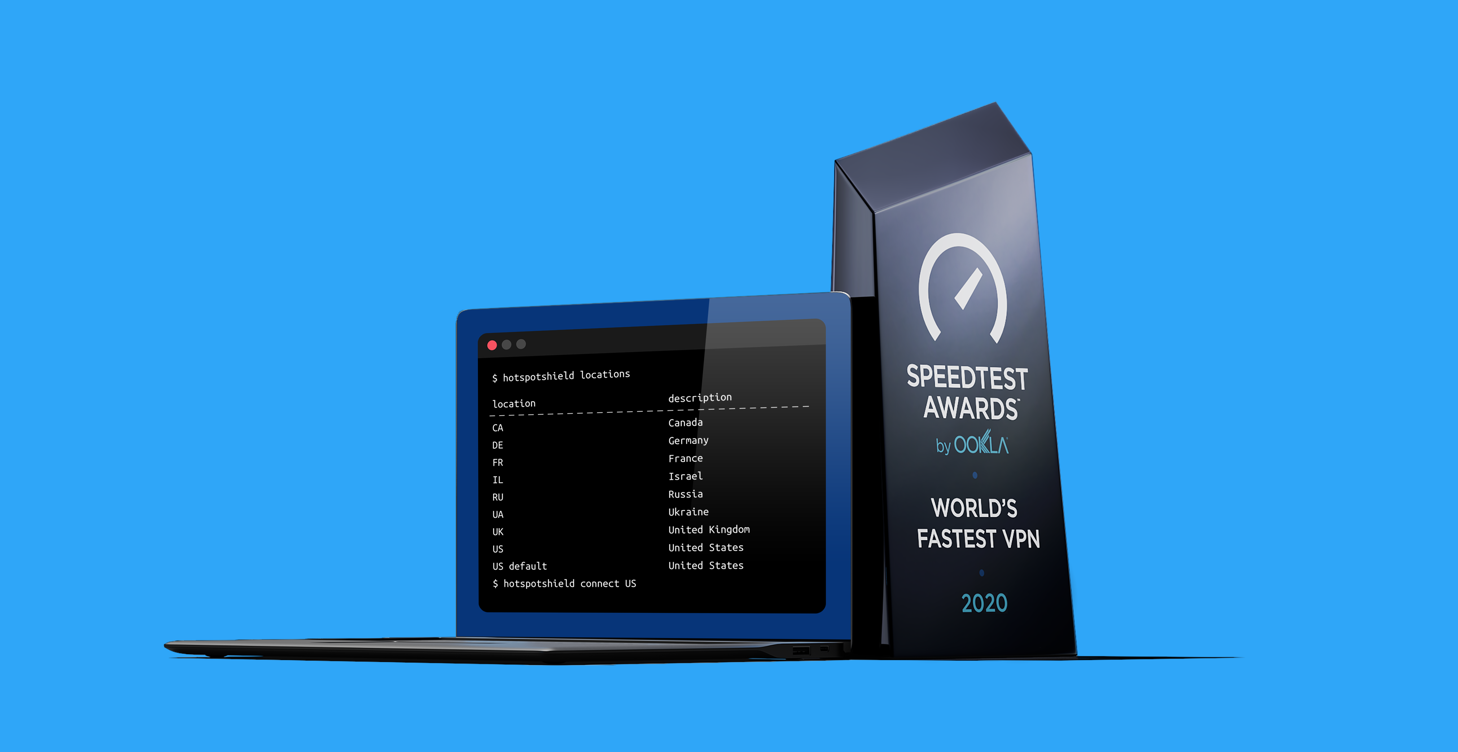How to get a Finnish IP address
The easiest way to improve your digital privacy is to switch your IP address using a VPN. We’ll …

We’re excited to introduce Hotspot Shield VPN for Linux, delivering all the features you love about Hotspot Shield Premium in a client that’s specifically designed for the Linux platform.
Our VPN client offers an easy-to-use command-line interface and is compatible with popular Linux distribution systems like Ubuntu, Debian, CentOS and Fedora. Simply download, run commands to connect to one of our 110+ server locations, and you’re securely connected—all without any distracting graphics.
Hotspot Shield uses a proprietary protocol called Hydra and has been awarded the “world’s fastest VPN,” according to Ookla’s Speedtest. As part of your Premium plan, Linux users can expect speedy, secure connections to our virtual locations across 80+ countries and 35+ cities around the world, unlimited bandwidth, connection up to 5 devices per account, military-grade encryption, 24/7 customer support, and so much more.
With Hotspot Shield VPN on your Linux, enjoy private, secure connections to the internet along with access to worldwide content, apps, and streaming sites like Netflix, Hulu, Disney+ and more.

Step 1: Subscribe to Hotspot Shield Premium
Step 2: Download file for your Linux distribution system: .deb file (Ubuntu, Debian) and .rpm file (CentOS, Fedora)
Step 3: Sign in to Hotspot Shield with command: hotspotshield signin
Step 4: View virtual locations by running command: hotspotshield locations
Step 5: Connect to a location by running command: hotspotshield connect [location]
Learn more by visiting our Hotspot Shield VPN for Linux page.
Hotspot Shield for Linux is only available for Premium members. With Premium, connect up to 5 devices under your account — including Android, iOS, Windows, Mac, Chrome, and our recently released Hotspot Shield for TV app. No matter what other devices you own, we’ve got you covered.
Not yet a Premium member? Sign up here.

